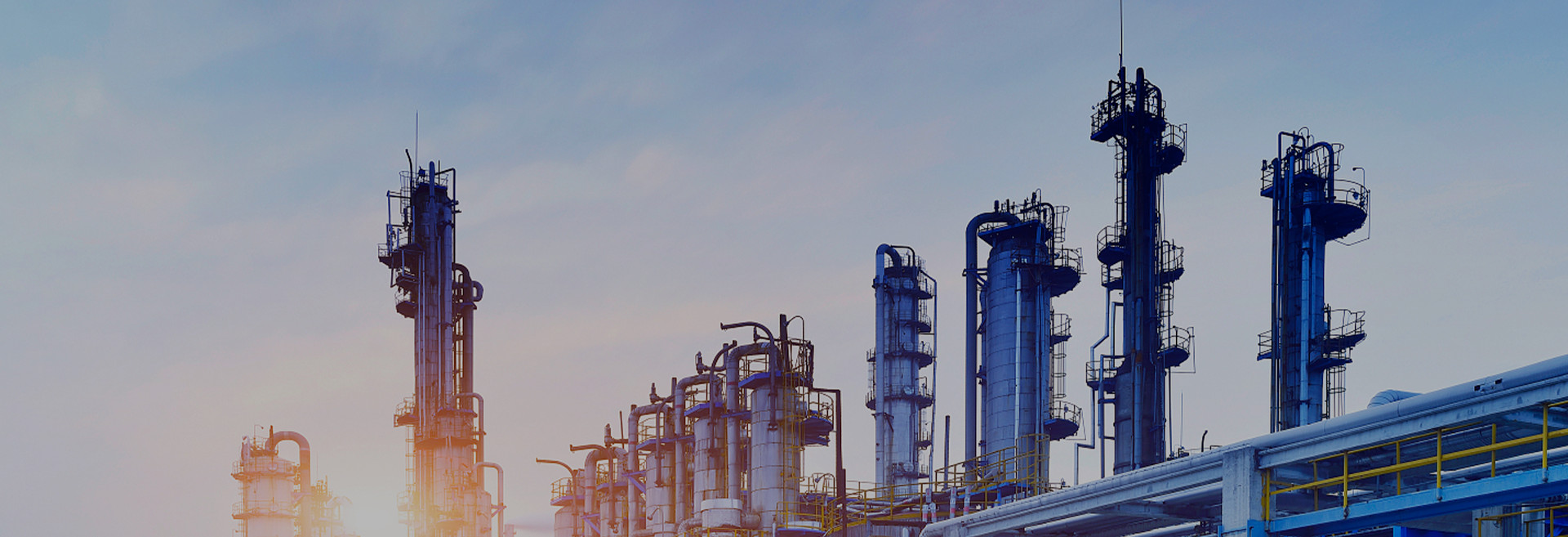The weight of carbon dioxide depends mainly on the volume of the cylinder and the filling factor. In general, the carbon dioxide filling coefficient is about 0.6Kg/L,
This means that the maximum filling capacity of a 10L cylinder is 6kg. However, in the actual filling process, it is necessary to avoid overfilling to prevent the danger of gas leakage. In addition, the actual weight of the carbon dioxide cylinder has a certain relationship with the amount of filling, but the specific relationship depends on the design and manufacturing standards of the cylinder.
Calculation method and precautions
1. Calculation method: the amount of carbon dioxide filling can be calculated by filling coefficient and cylinder volume. For example, the maximum filling capacity of a 10L cylinder is 0.6Kg/L x 10L = 6Kg.
2. Note: In the actual filling process, overfilling should be avoided to prevent gas leakage and potential safety risks. The relationship between the actual weight of the cylinder and the amount of filling
3. The relationship between the actual weight and the amount of filling depends on the design and manufacturing standards of the cylinder. Although there may be a deviation between the weight of the cylinder and the actual weight, this deviation is usually within a reasonable range.
4. The user can check the weight of the cylinder and the actual weight to determine whether it meets the standard. If the deviation is too large, it may be necessary to further check the quality and safety of the cylinder.
In summary, the filling weight of carbon dioxide mainly depends on the volume of the cylinder and the filling coefficient. In the actual filling process, avoid overfilling to ensure safety. At the same time, understanding the relationship between the actual weight of the cylinder and the filling amount is helpful to judge the quality and safety of the cylinder.
Post time: Sep-02-2024

